UK-specific pricing and trim level details have been released for the new, third-generation Ford Kuga SUV. It's priced from £23,995, with Ford kicking off with deliveries of the high-spec First Edition models early next year.
The base price gets you in a Zetec model powered by a 118bhp 1.5-litre Ecoboost turbo petrol engine. The other trims are Titanium (from £27,245), ST-Line (from £29,345), ST-Line X (from £30,645) and Vignale (from £31,945).
All Kugas come as standard with the Ford Pass Connect embedded modem, wireless smartphone charging and "advanced driver assistance and safety features". First Edition variants of Titanium and ST-Line models bring a Bang & Olufsen sound system and the Driver's Assistance Pack.
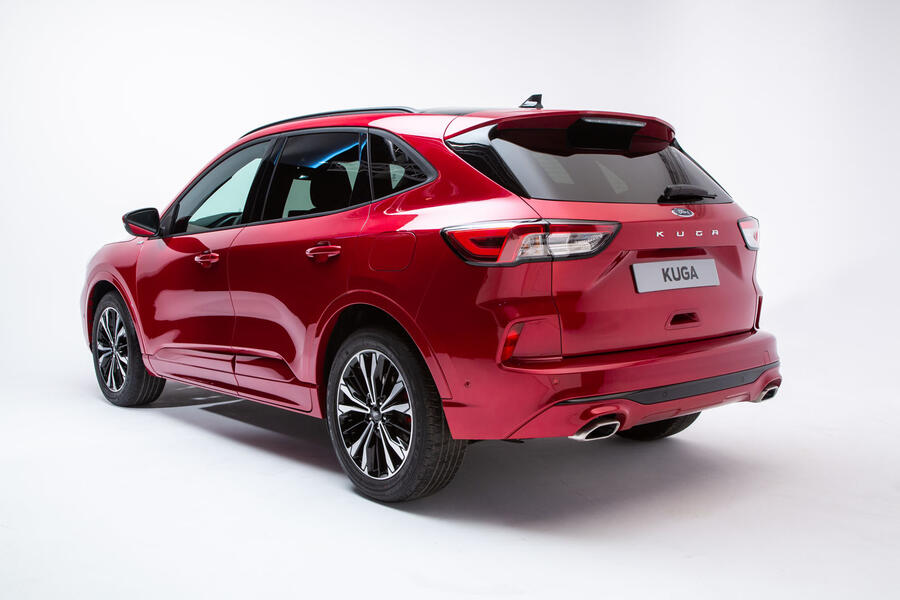
Further engine options include a 148bhp 1.5-litre turbo petrol and 1.5-litre and 2.0-litre diesels, the latter of which is also available in 187bhp form or 148bhp form with mild hybrid tech.
A new Ford Kuga plug-in hybrid option is also available from £33,095 in Titanium trim - the same price as the higher-powered 2.0-litre diesel.
The Kuga has been redesigned from the ground up in a bid to attract more buyers in the still-booming family SUV sector, and the new model will be offered with petrol, diesel, mild hybrid, hybrid and plug-in hybrid powertrains.
As Ford ramps up its European business restructuring, SUVs will play a crucial role. "One in three sales across Europe are SUVs, and for us it's one in five. We want to change that," Jorg Beyer, managing director of product development, told Autocar.
The hybrid line-up in particular is expected to be key to attracting new customers. Ford has beaten many of its rivals to market with its plug-in hybrid option, which mates a 2.5-litre Atkinson cycle petrol engine with an electric motor and 10.3kWh battery to deliver 222bhp. The model can travel up to 34 miles on electricity alone, giving it an official economy figure of 201mpg on the WLTP cycle in PHEV operating mode (or 43.5mpg WLTP with no charge in the battery). Official CO2 emissions are just 29g/km.


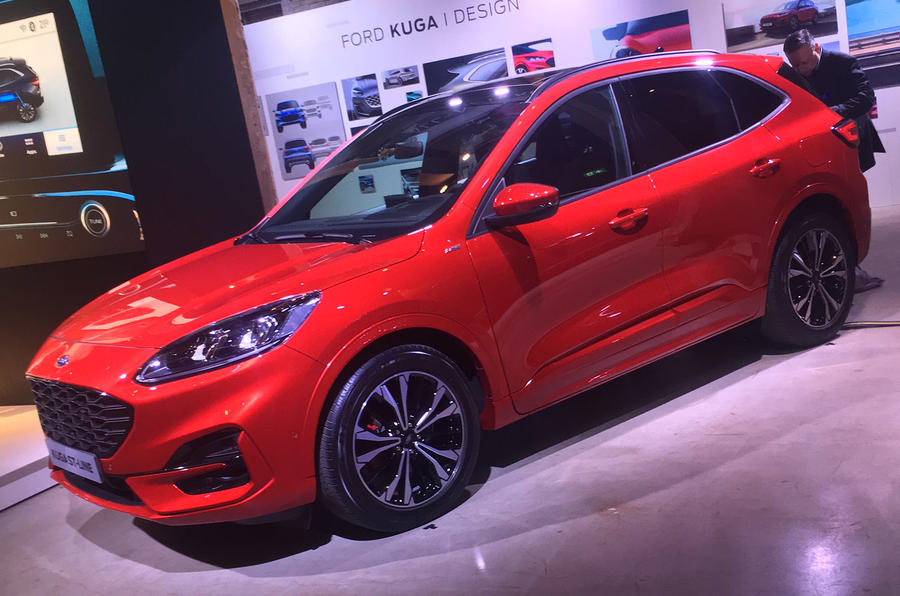


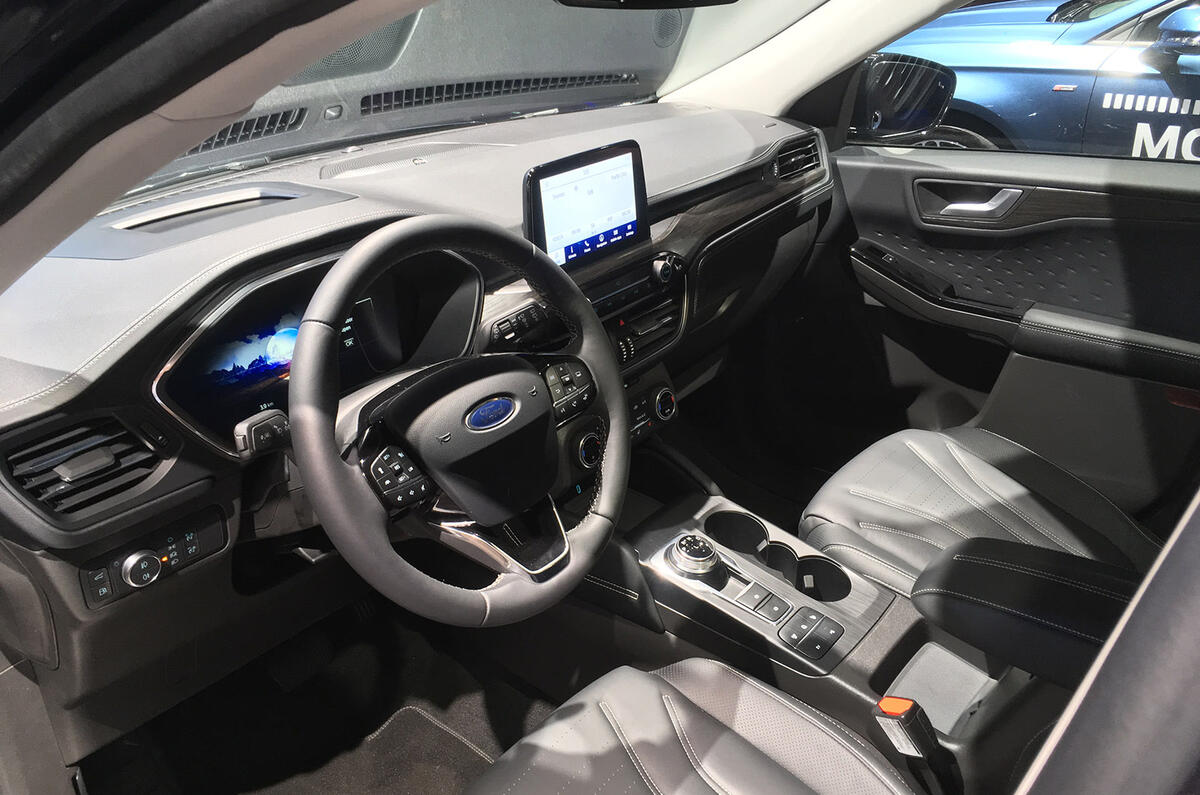














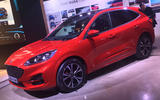


















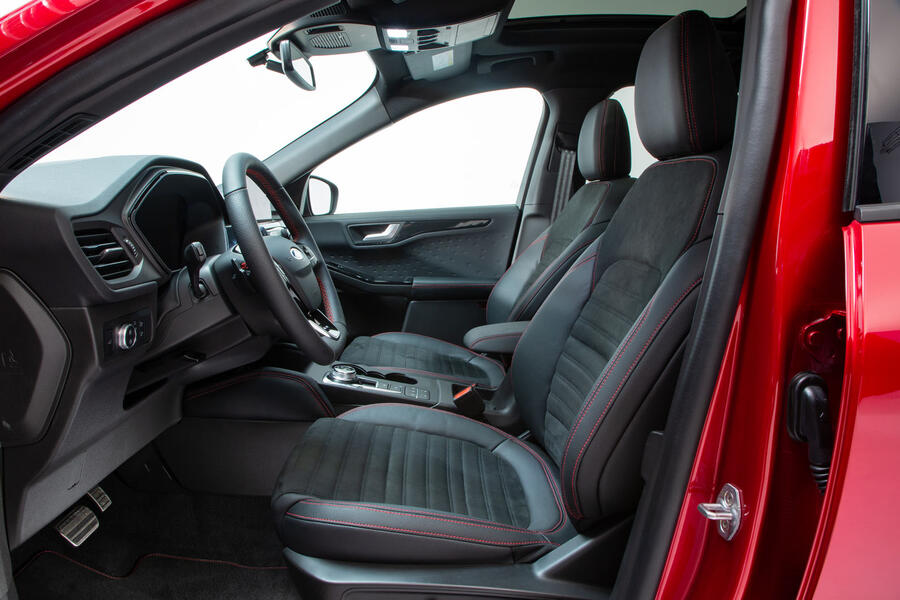
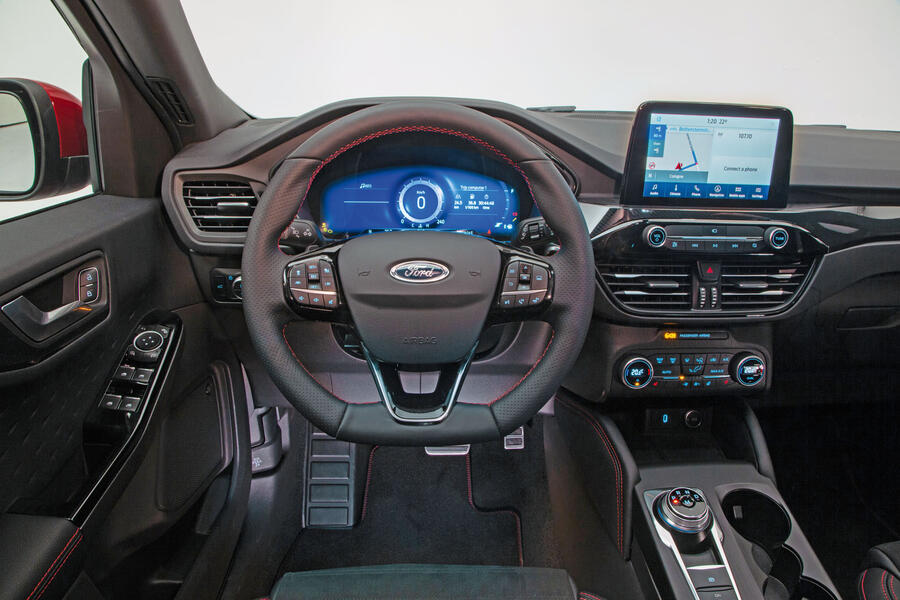



Join the debate
Add your comment
6th dimension
"and 35mm in the rear, thanks to clever interior packaging. " that and an increase in length of 89mm. New model bigs bigger still
Bits of this, bits of that
New Kuga
I am always surprised how people can be so critical of a new model by only viewing a few pictures and review on-line - Surely it would be a better bet to see the car when it arrives in the showrooms to see it in the metal? Then you can make a more considered thought about it